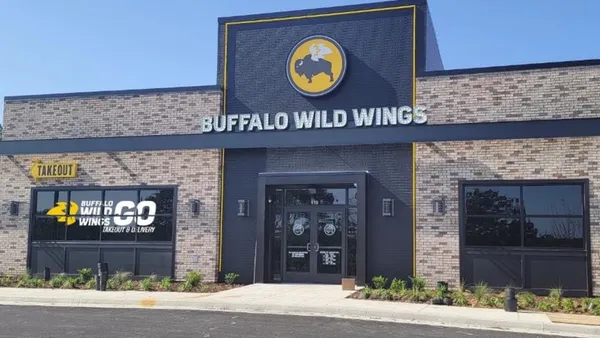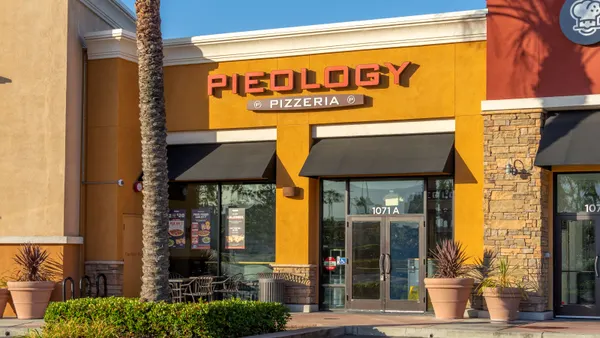Dive Brief:
- Restaurant Brands International plans to reach 40,000 stores and $60 billion in worldwide sales by the end of 2028, according to a press release issued Thursday.
- The growth target represents an increase of about 9,000 stores over the 31,070 restaurants in the company’s system at the end of 2023. It would require net unit growth of approximately 1,800 restaurants each year, including 2028.
- Partick Doyle, RBI’s executive chairman, said the plan was based on “really the lowest average performance that we expect over the next five years, with real upside potential from there.”
Dive Insight:
The majority of RBI’s unit growth, or 7,000 of the new outlets, are likely to come from international development, according to the release. But RBI is still looking to bolster business in the home markets where its brands are based.
On RBI’s earnings call Tuesday, CEO Joshua Kobza said the company's brands have experienced “average home market franchisee profitability growth of over 30% in 2023.” Burger King US, for example, saw its franchisee profits jump by $65,000 per store, an increase of nearly 50% last year compared to 2022.
For Tim Hortons, which is the dominant coffee brand in Canada and growing rapidly in the U.S., RBI is planning a greater emphasis on the afternoon daypart and cold beverages. This is an area where other coffee giants such as Starbucks have also heavily invested. These moves, the company hopes, will strengthen Tim Hortons’ Canadian dominance and enable its U.S. system to grow to 1,000 units by 2028, up from 627 at the start of 2023, according to its franchise disclosure document.
Burger King, which appears to have weathered a difficult period of lagging franchisee profitability, will see further investment in its franchise system, including its efforts to reduce the geographic extent of its larger operators.
In particular, RBI said, the modernization and refranchising of the roughly 1,000 Burger Kings acquired through its buyout of Carrols Restaurant Group will take about five to seven years. The brand will continue its remodeling and brand modernization process, the Reclaim the Flame program, aiming to get up to 90% of its restaurants updated by 2028.
RBI’s focus for Popeyes is on daypart expansion and operational changes. The company hopes to grow Popeyes’ U.S. and Canada restaurant base from 3,400 to 4,200 stores by 2028, while also improving its operations.
On RBI’s most recent earnings call, Kobza laid out the operational changes that underpin Popeyes’ “Easy to Run kitchens” plan. The plan includes new equipment, kitchen layouts, technology upgrades and operational simplification, “all geared to help solve fundamental operational hurdles that impacts speed and overall guest satisfaction while upholding our excellent product quality,” Kobza said.
Market testing had expanded from individual store pilots to market clusters, including one in Los Angeles, he said.
At Firehouse Subs, the smallest of the company’s brands, RBI hopes to completely digitize sales and reach an annualized pace of 300 net new units, resulting in 800 units by 2028.
According to the press release, RBI foresees these combined plans driving 8% system-wise sales growth yearly, based on an estimated 3% comparable sales growth and 5% net restaurant growth.












